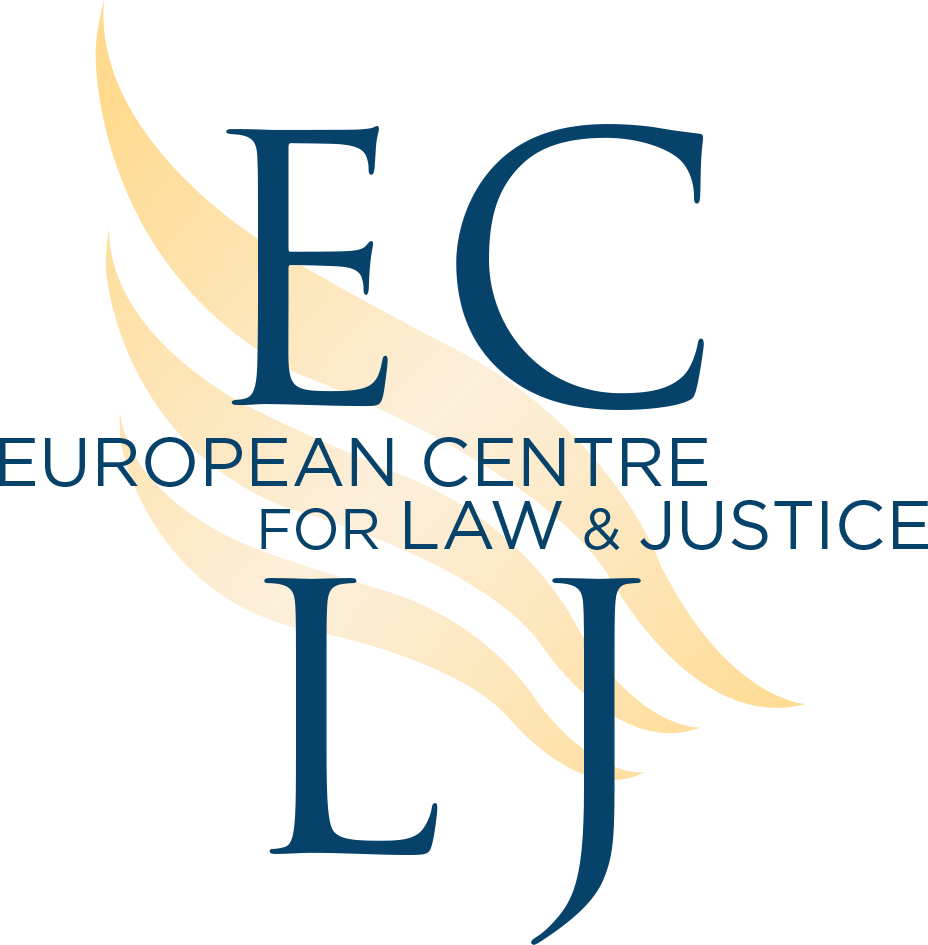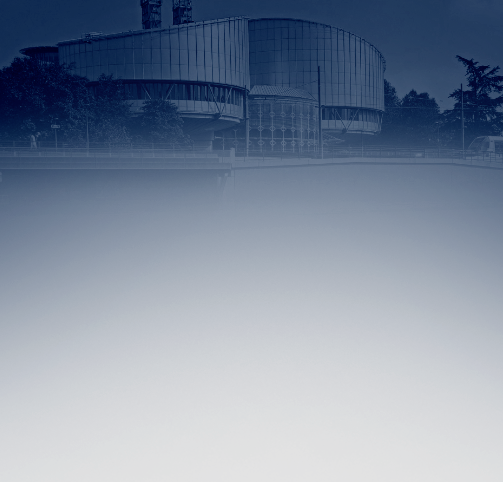Christianity is the most persecuted religion in the world. That is why the label “Christianophobia” is common in the language of international and regional human rights bodies. Most of them often condemn together “anti-Semitism,” “Islamophobia” and “Christianophobia.” However, the European Court of Human Rights uses the first two labels in its case-law but has never mentioned “Christianophobia” as such.
International Covenants and the European Convention of Human Rights offer broad protections for religious freedom, freedom of expression, and condemn actions that discriminate against another on the basis of race, religion, or gender. For instance, the International Covenant on Civil and Political Rights prohibits discrimination “of any kind, such as race, colour, sex, language, religion, political or other opinion, national or social origin, property, birth or other status” (Article 2(1)). The European Convention on Human Rights includes very similar provisions (Article 14; Article 1 of the Protocol No. 12).
Human rights bodies thus provide protections against discrimination on the basis of religion or social origin. The European Court of Human Rights (ECHR) has classified discrimination or hatred for particular groups by recognizing “anti-Semitism”[1] and “Islamophobia”[2] in its caselaw and documents.[3]
Double standards at the ECHR?
While this classification protects the Jewish people and the Islamic faith, there is however no such labeling for anti-Christian discrimination or hatred in the ECHR case-law. For example, the label “Christianophobia,” used by the Parliamentary Assembly of the Council of Europe (PACE),[4] has never been recognized by the Court while the Court has referenced the PACE’s use of Islamophobia in its caselaw.[5] Further, the “Guide on Article 17 of the European Convention”, published by the ECHR, lists anti-Semitism and Islamophobia as aims prohibited by Article 17 (abuse of rights), but fails to mention “Christianophobia” or simply discrimination against Christians.[6]
This recognition of “anti-Semitism” and “Islamophobia” but not of “Christianophobia” is not really surprising for those who know the case-law of the ECHR. Indeed, the Court has recently upheld the conviction of an Austrian lecturer for criticizing the marriage of the Prophet of Islam Muhammad with the six-year-old girl Aisha.[7] However, it protected a painting with Mother Teresa and a cardinal in sexual positions[8] and a blasphemous wild concert of the “Pussy Riots” in the choir of the Moscow Orthodox Cathedral.[9] A principle of double standards has been criticized by lawyers. The same principle applies with the labels “Islamophobia” (recognized) and “Christianophobia” (not recognized).
Other human rights bodies
In contrast, the label “Christianophobia” is common in the language of other international and regional human rights bodies. Some references are below.
The United Nations (UN):
The UN has repeatedly recognized the existence of “Christianophobia” alongside Islamophobia and anti-Semitism. Numerous resolutions and reports from the UN recognizes Islamophobia, anti-Semitism, and “Christianophobia” together under the broad classification of religious and ethnic discrimination. For instance, the General Assembly labeled discrimination against Christians because of their faith as “Christianophobia” in Resolution 72/177 regarding freedom of religion or belief stating that the General Assembly, “recognizes with deep concern the overall rise in instances of discrimination, intolerance and violence, regardless of the actors, directed against members of many religious and other communities in various parts of the world, including cases motivated by Islamophobia, anti-Semitism and Christianophobia and prejudices against persons of other religions or beliefs.”[10] This recognition of “Christianophobia” as a concern alongside other forms of religious and ethnic discrimination is a pattern in UN documents as “Christianophobia” is highlighted in the UN General Assembly’s resolution on combating defamation of religions,[11] the Durban Review Conference’s outcome document,[12] the Commission on Human Rights Resolution on the Elimination of all Forms of Intolerance and of Discrimination Based on Religion or Belief,[13] among other UN Reports and/or Resolutions.[14] Further, the Ad Hoc Committee on the Elaboration of Complementary Standards and the Human Rights Council in 2009 addressed the need for defining and criminalizing “Christianophobia,” Islamophobia, and anti-Semitism in international human rights law.[15]
Of particular note, a 2007 Report of the Special Rapporteur on contemporary forms of racism, racial discrimination, xenophobia and related intolerance[16] stressed that the Rapporteur’s focus on the issue of Islamophobia did not mean that discrimination against the Islam faith was more important than discrimination against other religions. To the contrary, the Special Rapporteur noted that for the success of any international or state efforts to address anti-Semitism, “Christianophobia,” and Islamophobia there must be equal treatment of each “phobia” and that favoritism in working to address such discrimination of one over another should be avoided.[17] Additionally, the Rapporteur noted that instances of acts of “Christianophobia” has increased globally and is acutely common in Europe due to secularism and a rejection of religion that has led to intolerance towards religion.[18] Particularly, the Rapporteur noted that “Christianophobia” in Europe often takes the form of social hesitation to accept “religious ethic” regarding society as legitimate.[19] This conclusion by the Special Rapporteur, along with the UN recognition of “Christianophobia,” should be persuasive for the need for the European Court of Human Rights to recognized “Christianophobia” alongside other religious or ethnic classes of discrimination such as Islamophobia.
Organization of the American States (OAS):
Regional human rights bodies such as the OAS have recognized “Christianophobia” alongside discrimination in the form of Islamophobia and anti-Semitism. Notably, the preamble of the Inter-American Convention Against All Forms of Discrimination and Intolerance notes the increase in intolerance that is motivated inter alia by “Christianophobia”.[20]
Organization for Security and Co-operation in Europe (OSCE):
The OSCE specifically fights against hate crimes and intolerance against Christians. Numerous parties have addressed the OSCE regarding the importance of recognizing “Christianophobia” in order to effectively address this issue.[21] For instance, OSCE was addressed in 2008 regarding the importance of addressing intolerance against Christians, classified as “Christianophobia,” with the same effort spent on addressing discrimination against other religious groups.[22]
Should the ECHR recognize Christianophobia?
The European Centre for Law and Justice (ECLJ) does not consider that the notion of “phobia” is appropriate to describe the hostility against a religion or against a human behavior. Indeed, while this hostility can be rational or may result from a conversion, the notion of “phobia” assumes that this hostility is never justified or even would have medical reasons.
However, since this notion is used for some religions by the ECHR, it would legitimate to use it also for Christianity. The protection of Christianity should not be weaker than the one of other religions.
In light of the United Nation’s recognition of “Christianophobia,” the ECHR should consider recognizing acts of discrimination targeted at Christians as “Christianophobia” using a similar classification as the ECHR uses when addressing discrimination against Islam or acts of anti-Semitism. Indeed, intolerance against Christians is also a European issue: the PACE denounced in 2015 the “acts of hostility, violence and vandalism have been recorded in recent years against Christians and their places of worship” and the fact that “these acts are often overlooked by the national authorities.”[23]
The ECHR will soon have a new occasion for this recognition of “Christianophobia:’ it will consider in the next months a case of anti-Christian intolerance by a performer, Asociación de Abogados Cristianos v. Spain, in which the ECLJ has been authorized to intervene as amicus curia.
By Lauren Moustakas, Legal Intern for the European Center for Law and Justice & Student at Regent University School of Law (VA).
____
[1] ECHR, Pavel Ivanov v. Russia (dec.), no. 35222/04, 20 February 2007, §1: “The Court has no doubt as to the markedly anti-Semitic tenor of the applicant's views (…). Consequently, the Court finds that, by reason of Article 17 of the Convention, the applicant may not benefit from the protection afforded by Article 10 of the Convention.” See also: W.P. and Others v. Poland (dec.), no. 42264/98, 09 February 2004, §3.
[2] ECHR, Paksas v. Lithuania [GC], no. 34932/04, 1 June 2011, §88: discussing other cases as dealing with Islamophobia and anti-Semitism: “The Court reached the same conclusion in, for example, Norwood v. United Kingdom ((dec.) no. 23131/03, 11 November 2004) and Pavel Ivanov v. Russia ((dec.), no 35222/04, 20 February 2007), which concerned the use of freedom of expression for Islamophobic and anti-Semitic purposes respectively.” See also: Leroy v. France, ((dec) no. 36109/03, 2 October 2008, §27: “the substantive message referred to by the applicant - the destruction of American imperialism - is not aimed at the denial of fundamental rights and is not equivalent to statements directed against the values underlying the Convention, such as racism, anti-Semitism (Garaudy, cited above, Ivanov v. Russia (dec.), no. 35222/04, 20 February 2007) or Islamophobia (Norwood, cited above)” (free translation). See also: S.A.S. v. France [GC], no. 43835/11, 1 July 2014, §149.
[3] European Court of Human Rights, Guide on Article 17 of the Convention – Prohibition of abuse of rights, Aims prohibited by Article 17, 31 August 2019. Noting that aims prohibited by Article 17 include preventing applicants from using the Convention to justify acts of Islamophobia or anti-Semitism. Additionally, although the cases themselves do not mention Islamophobia the Guide classifies many cases under Islamophobia.
[4] PACE, Violence against Christians in the Middle East, Recommendation 1957, 27 January 2011.
[5] ECHR, S.A.S. [GC], op. cit., §35.
[6] See reference 3. The only possible mention of discrimination against Christians is under the broad classification of “Religious Hatred Towards Non-Muslims.”
[7] ECHR, E.S. v. Austria, no. 38450/12, 25 October 2018.
[8] ECHR, Vereinigung Bildender Künstler v. Austria, no. 68354/01, 25 January 2007.
[9] ECHR, Mariya Alekhina and Others v. Russia, no. 38004/12, 17 July 2018.
[10] UN General Assembly resolution 72/177, Freedom of religion or belief, A/RES/72/177, 19 December 2017, §4.
[11] UN General Assembly, Combating defamation of religions: resolution / adopted by the General Assembly, A/RES/65/224, 11 April 2011.”
[12] Durban Review Conference, Outcome Document of the Durban Review Conference, U.N. Doc. A/CONF.211/L.1, 24 April 2009, §12.
[13] UN Commission on Human Rights, Resolution 2005/40 on Elimination of All Forms of Intolerance and of Discrimination Based on Religion or Belief, E/CN.4/RES/205/40, 19 April 2005, §6.
[14] UN General Assembly, The fight against racism, racial discrimination, xenophobia and related intolerance and the comprehensive implementation of and follow-up to the Durban Declaration and Programme of Action – Note by the Secretary-General, A/60/283, 19 August 2005, §7.b.
[15] Human Rights Council, Ad Hoc Committee on the Elaboration of Complementary Standards, Second session Geneva, A/HRC/AC.1/2/2, 19-30 October 2009.
[16] Human Rights Council, Racism, Racial Discrimination, Xenophobia and Related Forms of Intolerance: Follow-up to and Implementation of the Durban Declaration and Programme of Action - Report of the Special Rapporteur Mr. Doudou Diene on contemporary forms of racism, racial discrimination, xenophobia and related intolerance, A/HRC/6/6, 21 August 2007.
[17] Ibid., §3.
[18] Ibid., §45.
[19] Ibid., §49.
[20] Organization of American States, Inter-American Convention Against All Forms of Discrimination and Intolerance, signed on 8 June 1999 and effective on 14 September 2001, Preamble.
[21] Conference on Security and Cooperation in Europe, 15th Annual Human Dimension Implementation Meeting, Address by Archpriest Sergiy Zvonarev Russian Orthodox Church, 27 September 2011.
[22] Permanent Mission of the Holy See, Statement by Monsignor Michael W. Banach, Permanent Representative of the Holy See, at the 741st Meeting of the OSCE Permanent Council, 20 November 2008.
[23] PACE, Tackling intolerance and discrimination in Europe with a special focus on Christians, Resolution 2036, 29 January 2015, §1.













